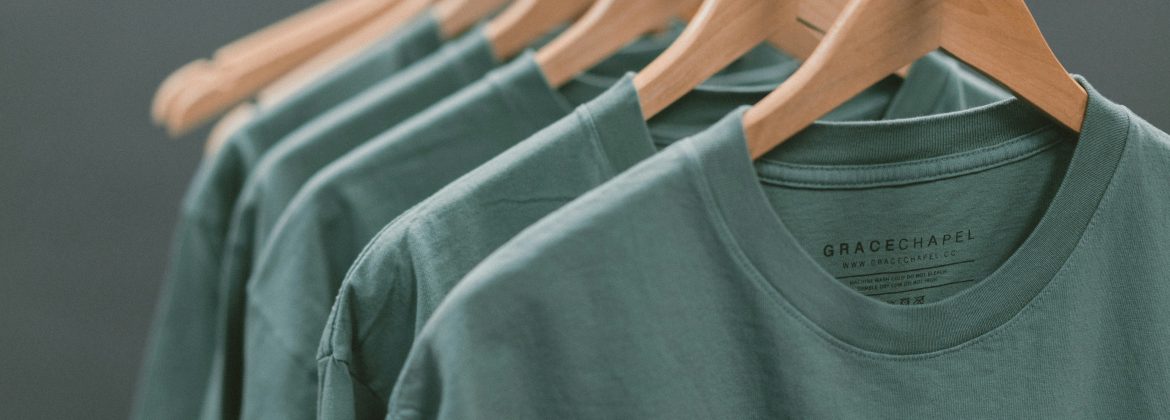The Evolution of Fashion and Apparel Industry
The fashion and apparel industry is a dynamic and ever-changing landscape that has evolved significantly over the years. From the early days of handmade garments to the mass-produced clothing of today, fashion has always been a reflection of society's values, trends, and cultural influences.
One of the key drivers of change in the fashion and apparel industry is technology. Advancements in manufacturing processes, materials, and design software have revolutionized the way clothing is produced and consumed. With the rise of e-commerce and social media, consumers now have more access to fashion than ever before, leading to a demand for fast fashion and instant gratification.
Another important factor shaping the fashion industry is sustainability. As awareness of environmental issues grows, consumers are becoming more conscious of the impact their clothing choices have on the planet. This has led to a rise in sustainable fashion brands that prioritize ethical sourcing, fair labor practices, and eco-friendly materials.
In addition to technology and sustainability, changing consumer preferences also play a significant role in the evolution of the fashion and apparel industry. With the rise of streetwear, athleisure, and gender-neutral fashion, traditional boundaries between clothing categories are becoming increasingly blurred. As a result, designers and brands are constantly innovating and pushing boundaries to stay relevant in a fast-paced market.
Despite these changes, one thing remains constant in the fashion industry: the importance of creativity and self-expression. Fashion has always been a form of art and a way for individuals to showcase their personal style and identity. Whether through bold colors, unique patterns, or avant-garde designs, fashion allows people to express themselves and stand out from the crowd.
Overall, the evolution of the fashion and apparel industry is a testament to the ever-changing nature of trends, technology, and consumer preferences. As we look towards the future, it will be interesting to see how these factors continue to shape the fashion landscape and inspire creativity in designers and consumers alike.

